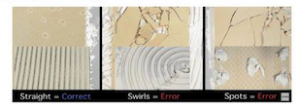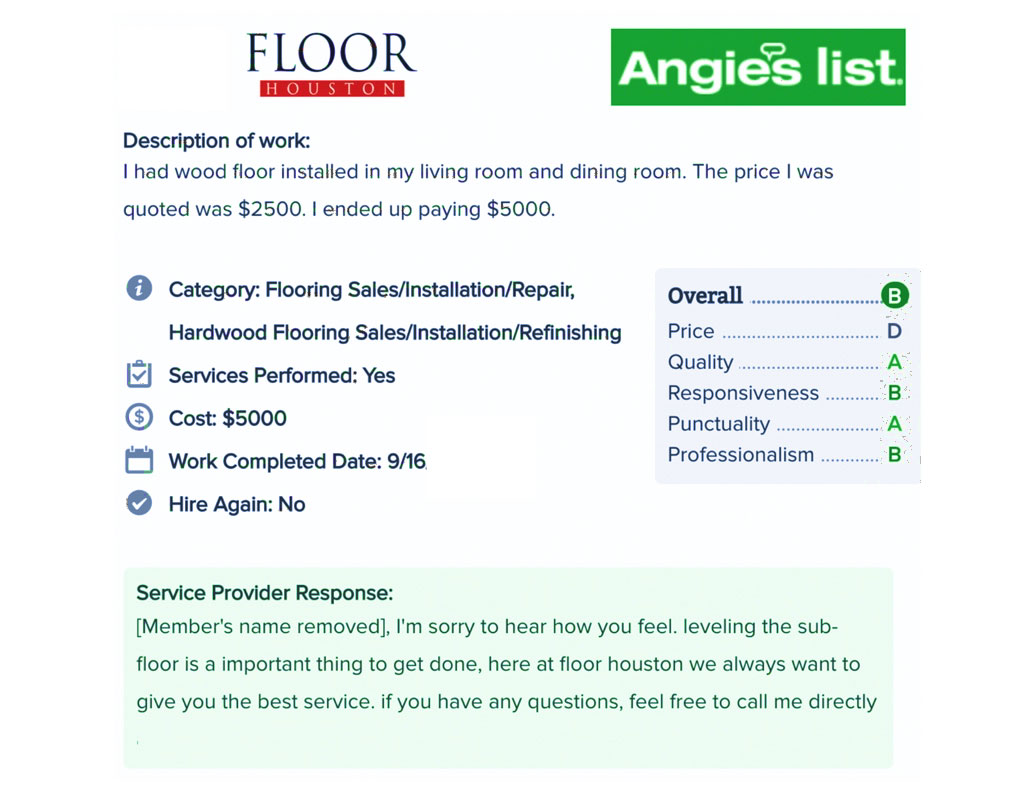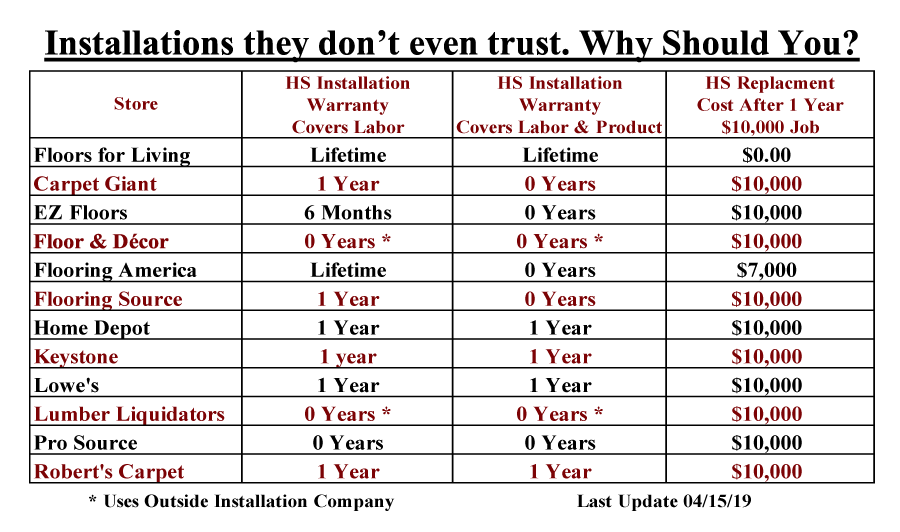1. Choose porcelain tile instead of ceramic tile for your floors.
Porcelain tile is around 60% harder to crack and break than ceramic tile. For example, our Hacienda porcelain tiles have a breaking strength of 400 pounds vs. the average breaking strength of only 250 for ceramic.
2. Use a waterproofing and crack prevention membrane such as RedGard on concrete floors.
If not, you will pay $0.50 up to $3.00 per square foot for cleaning and sealing traditional grout every few years. Vapor barriers under concrete floors often fail. This failure creates cracks in your concrete. These cracks can telegraph through your tile causing costly repairs and possibly a very expensive replacement. It also allows moisture to bring up residue from the slab and chemicals from the ground that can ruin your grout. RedGard creates a continuous waterproof membrane barrier with outstanding adhesion and reduces crack transmission in tile.
3. Use a lippage system instead of spacers for the smallest grout lines and reduce highs and lows.
Spacers allow tile to settle into the mortar unevenly causing highs and lows from tile to tile. We use the industry-recommended tile leveling system instead of the much cheaper spacers. The clip and wedge system shown to the left does not allow the tile to settle unevenly. Spacers create installations as shown to the right. A tile leveling system is the only way to accomplish the smallest grout lines without the dirt-catching highs and lows from tile to tile.

4. Use a latex/polymer modified mortar that allows for concrete expansion and contraction.
Also, choose a mortar that has a high shear or holding strength for a better bond. Seasonal humidity and temperature changes cause tile and grout to crack more easily and even come off of your floor. To prevent installation failure and huge expenses use a latex-modified mortar with a shear strength of more than 275lbs.
5. Use a ½” trowel compared to ¼”. This is a must for tiles longer than 12”.
Using twice as much adhesive gives us a better bond between the tile and the floor. It also assists in reducing the highs and lows of the floor. Do not allow an installer to use a ¼” trowel. A ¼” trowel may reduce their expenses but it will increase yours by the installer charging you more for reducing the highs and lows (float scam).
6. Make sure the installers trowel mortar in straight lines and do not swirl for better holding power, fewer cracks, and fewer hollow spots.
The Tile Council of North America instructs installers to trowel the adhesive in straight lines. This allows for the adhesive channels to collapse and create the best bond. Swirls create air pockets that don’t allow the channel to collapse. These air pockets create unsupported tiles in areas that sound hollow and may crack and break.

7. Don’t sign an Open Order.
Knowing what you will pay prior to the installation starting is superior to someone else deciding what you will pay after it started. People under the pressure of having their home being torn up will be more willing to agree to large additional charges. Signing an order with the possibility of the price changing once the installation has begun is like signing a blank check for a stranger to fill in at a later date. Demand a Closed Order – an order that cannot change once the job begins.
8. Don’t accept an Inferior Installation Warranty.
Installation warranties that cover ONLY the initial labor can cost you 80% of your original investment if there is a problem. Demand a warranty that covers both the installation and the product needed to fix installation-related problems.
9. Don’t pay extra for Float or Leveler
Reduce highs and lows on your floor once the job begins. It is part of a normal installation. It is used on 95% of wood, luxury vinyl, and laminate installations and should be part of the originally agreed-upon price. Many stores, including the box stores, add on an additional cost of around $1.75 per square foot after the job begins. This is added on if there is a change of only ¼” in the floor height. The Angie’s List review to the right shows a store that charged $2,500 extra or $6.66 extra per square foot on a 375-sf installation after the job began. It was hidden in the sales process by talking about a price per bag. For most stores, It isn’t how much float you need to do the job correctly but rather how much they need to make up their desired profits. Demand a price that includes the Float or Leveler and does not change once the job begins.

10. Don’t accept a Short-Term Installation Warranty.
Improper installation issues will show up during the seasonal changes of heat and humidity. It can take up to 2 years or longer to expose installation shortcomings. Short-Term Installation Warranties can expose you to unneeded financial risks. The length of a company’s installation warranty reflects their confidence of not having to pay for installation problems in the future. Their confidence or lack thereof is created by the quality of the products and methods used in the installation.

